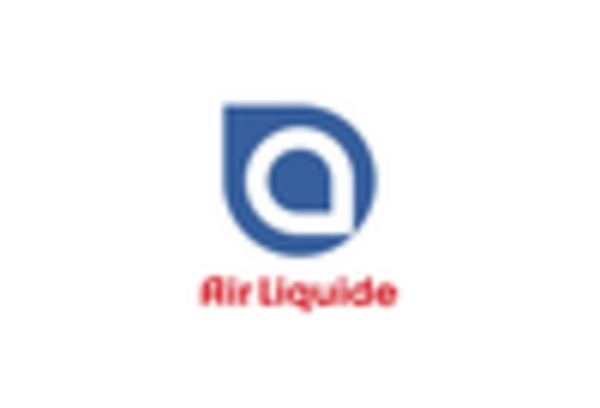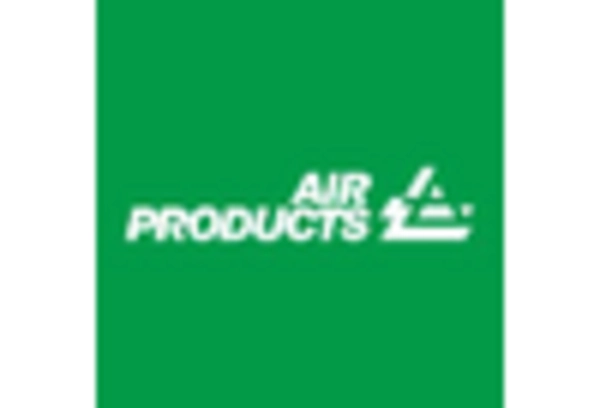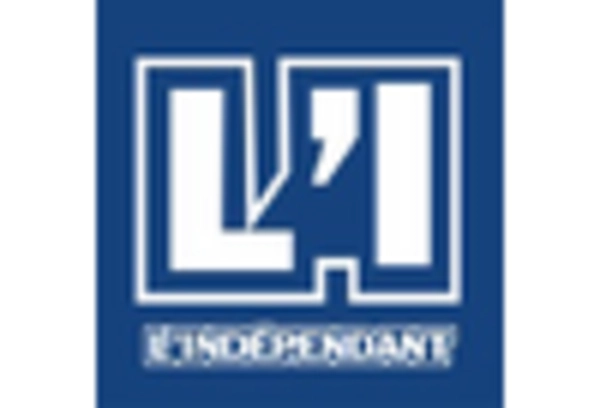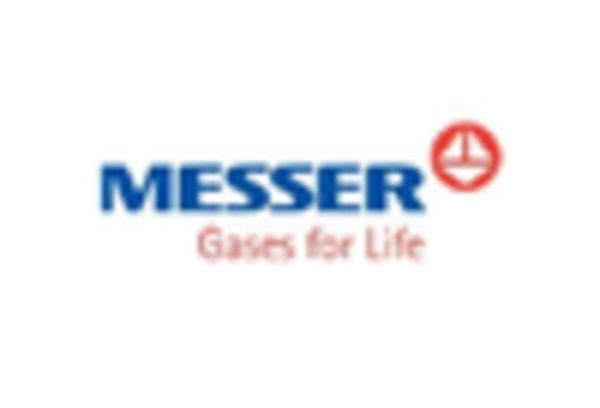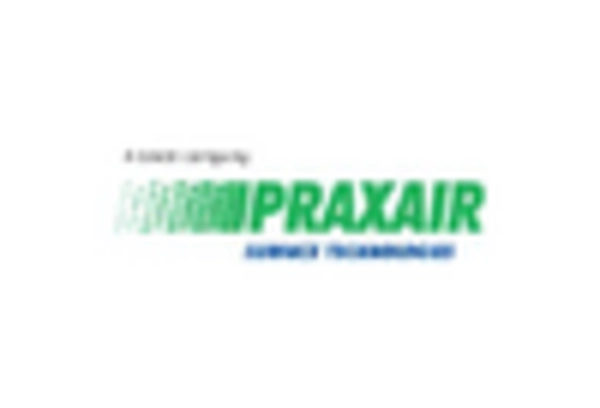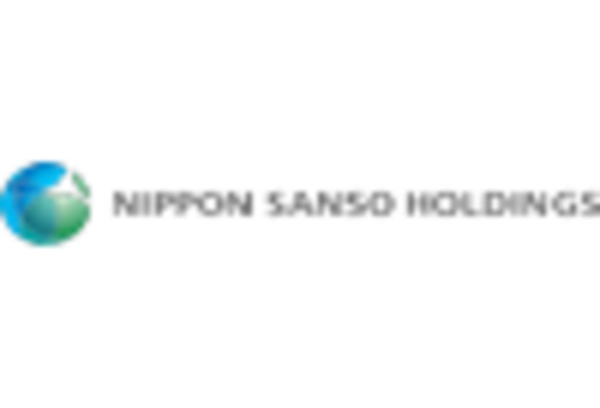South Korea Industrial Gases Market Summary
As per Market Research Future analysis, the South Korea industrial gases market size was estimated at 42.17 USD Million in 2024. The South Korea industrial gases market is projected to grow from 43.15 USD Million in 2025 to 54.31 USD Million by 2035, exhibiting a compound annual growth rate (CAGR) of 2.3% during the forecast period 2025 - 2035
Key Market Trends & Highlights
The South Korea industrial gases market is experiencing a robust growth trajectory driven by sustainability and technological advancements.
- The largest segment in the South Korea industrial gases market is the manufacturing sector, which continues to dominate demand.
- The healthcare sector is the fastest-growing segment, reflecting increased investments in medical technologies and services.
- Sustainability initiatives and technological innovations are shaping the market landscape, fostering a shift towards greener practices.
- Rising demand from the manufacturing sector and stringent environmental regulations are key drivers propelling market expansion.
Market Size & Forecast
| 2024 Market Size | 42.17 (USD Million) |
| 2035 Market Size | 54.31 (USD Million) |
| CAGR (2025 - 2035) | 2.33% |
Major Players
Air Products (US), Linde (DE), Praxair (US), Air Liquide (FR), Messer Group (DE), Taiyo Nippon Sanso (JP), Nippon Gases (JP), Matheson Tri-Gas (US)



